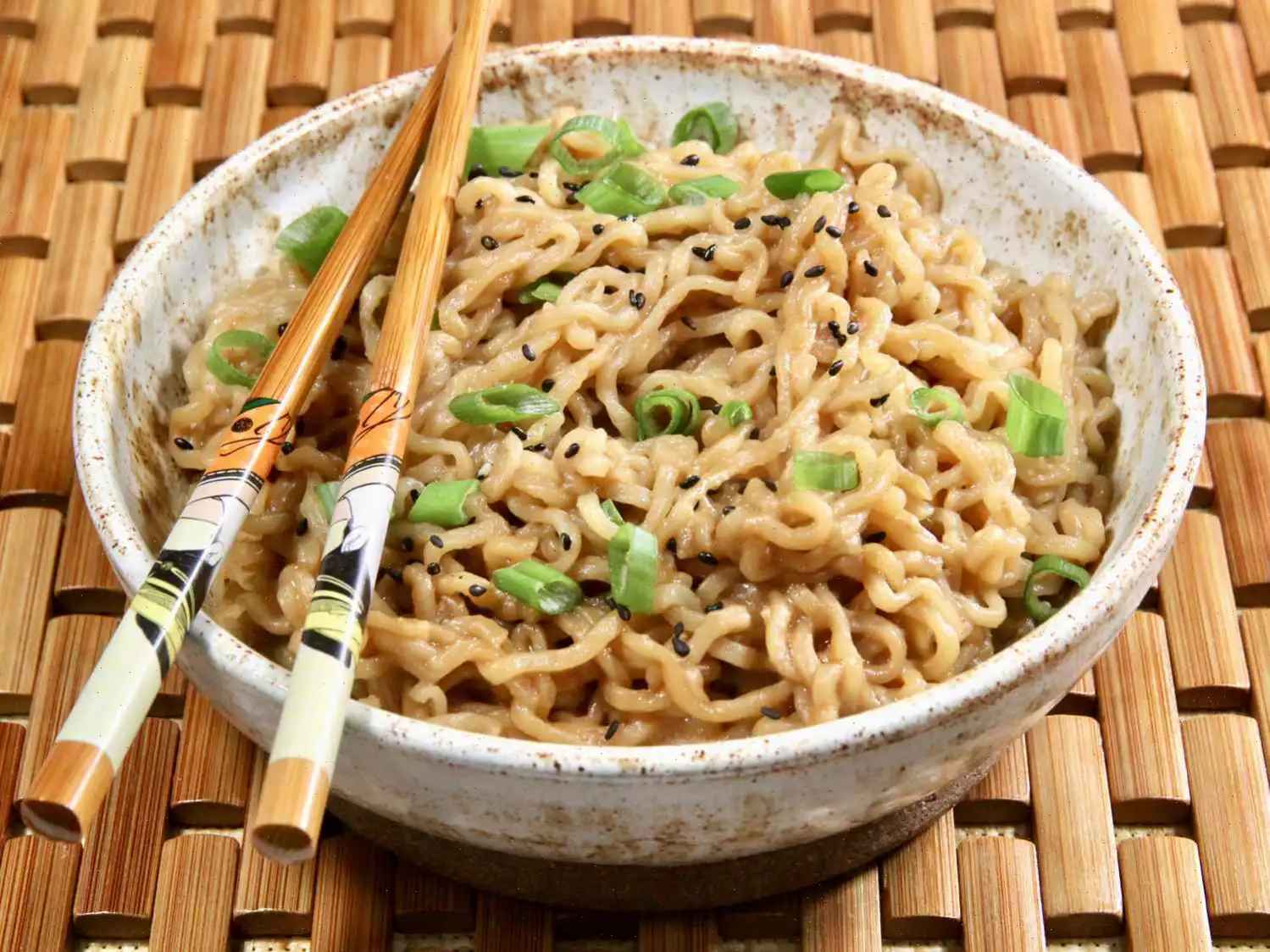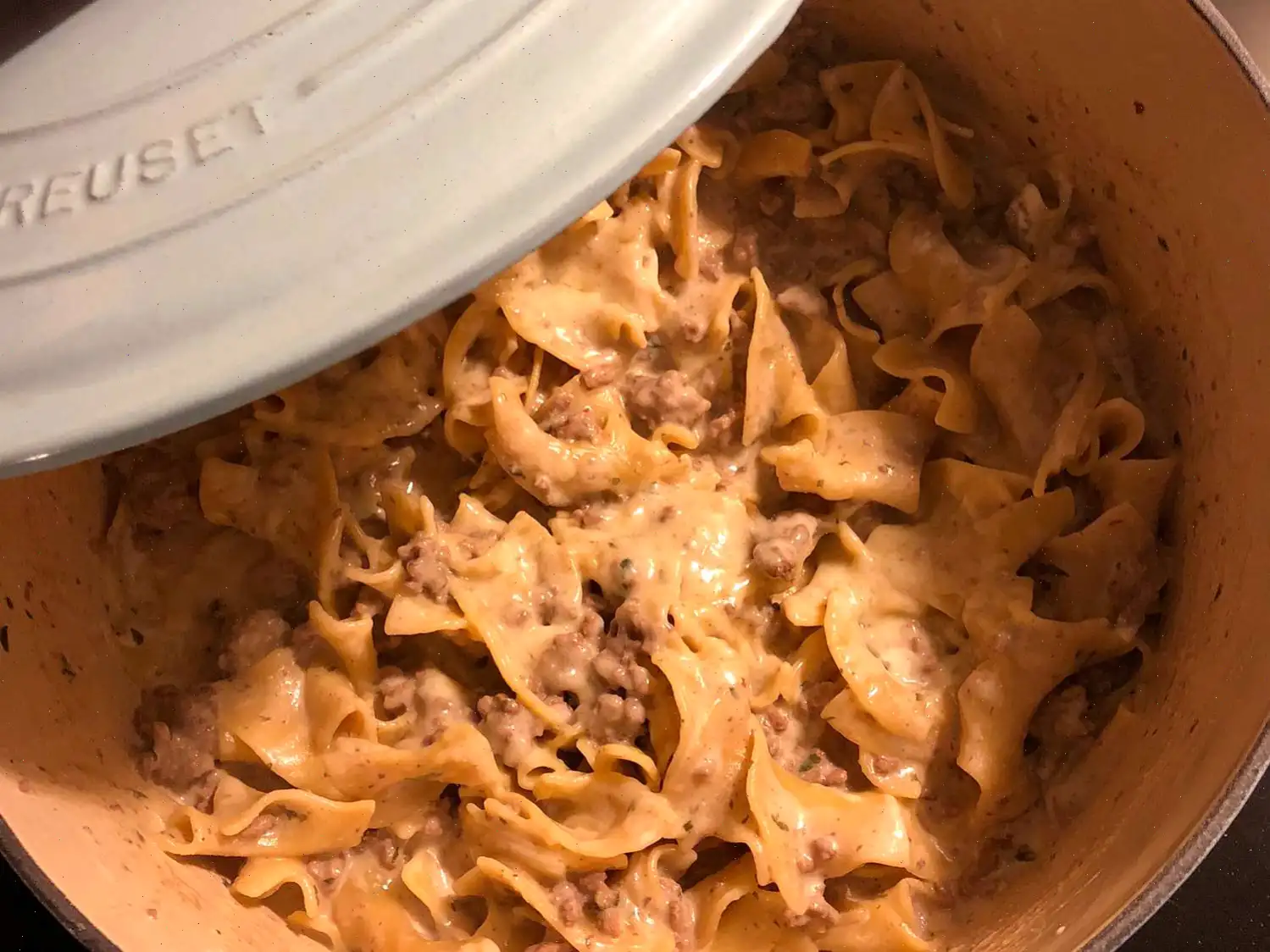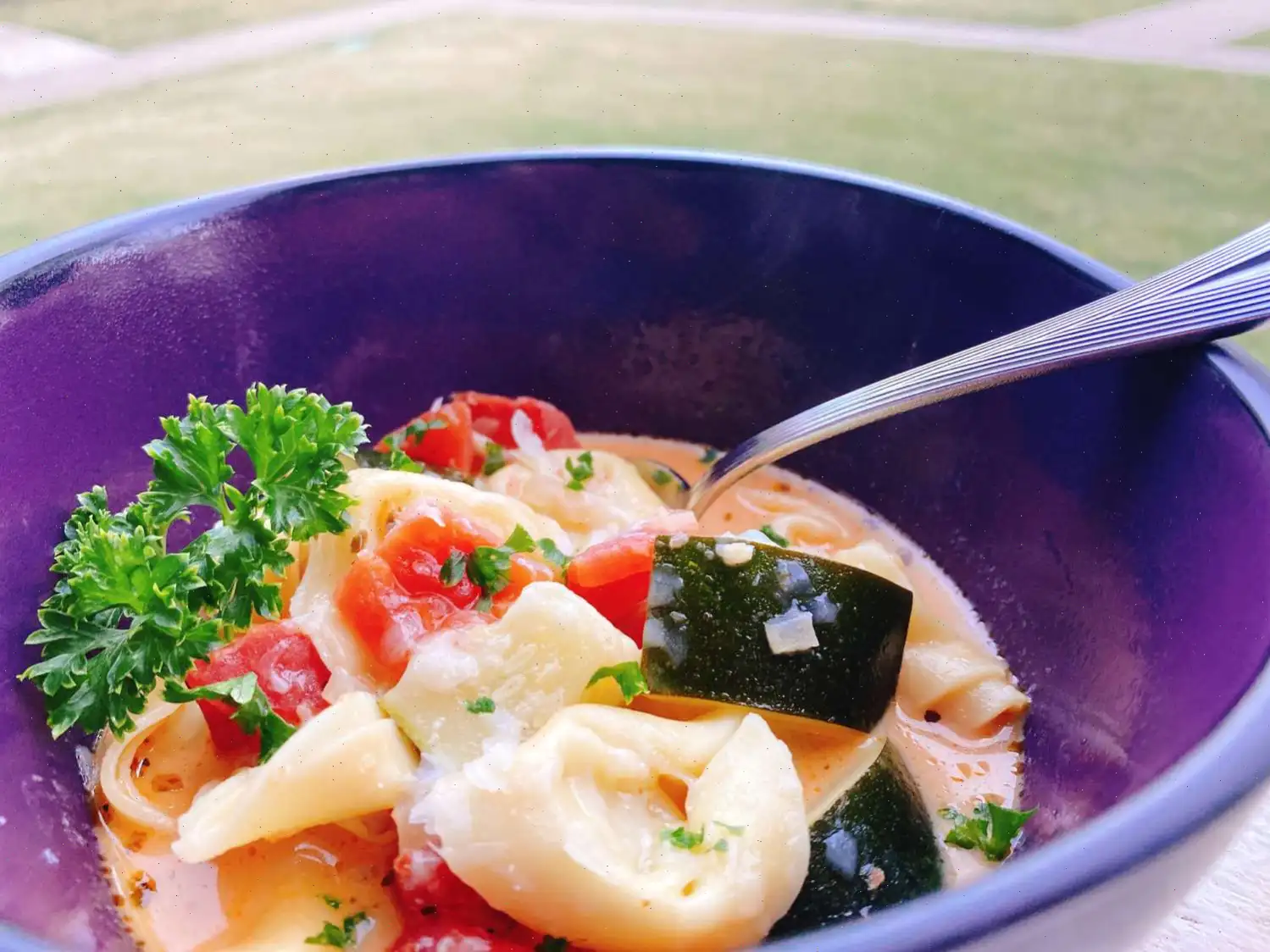
Miso Butter Ramen Noodles Recipe
Ingredients
This recipe was developed for its original yield. Ingredient amounts adjust automatically, but cooking steps and times remain the same. Not all recipes scale perfectly.
- 2 (3-ounce) packages dry ramen noodles, seasoning packets discarded
- 3 tablespoons white miso paste
- 2 tablespoons unsalted butter, melted
- 2 tablespoons lower-sodium soy sauce, or more to taste
- 1 tablespoon seasoned rice vinegar
- 1 tablespoon chili oil (optional)
- Thinly sliced green onions and sesame seeds for garnish (optional)
Original recipe yields 3 servings.
Directions
- Pour 5 cups of water into a pot and bring to a rolling boil.
- Add the ramen noodles and cook until tender, approximately 2 to 4 minutes.
- Drain the noodles, reserving a little cooking water in case the sauce needs thinning.
- Return the drained noodles to the pot.
- In a small bowl, whisk together miso paste, melted butter, soy sauce, and rice vinegar until smooth.
- Pour the sauce over the hot noodles and stir until fully combined. Add reserved noodle water if the sauce is too thick.
- Divide the noodles evenly into three bowls.
- Drizzle each serving with chili oil, then garnish with thinly sliced green onions and a sprinkle of sesame seeds before serving.
Nutrition Facts (per serving)
- Calories: 402
- Fat: 23g
- Saturated Fat: 10g
- Cholesterol: 20mg
- Sodium: 2053mg
- Carbohydrates: 40g
- Dietary Fiber: 3g
- Total Sugars: 2g
- Protein: 9g
- Vitamin C: 0mg
- Calcium: 27mg
- Iron: 3mg
- Potassium: 178mg
*Percent Daily Values are based on a 2,000 calorie diet. Individual daily values may vary.
**Nutrient information is based on available data. If you follow a medically restrictive diet, consult your doctor or dietitian before preparing this recipe.
The Story Behind Miso Butter Ramen Noodles
Miso butter ramen noodles are a modern twist on traditional Japanese ramen, combining the savory depth of miso with the creamy richness of butter. Ramen itself has a storied history, originating in Japan in the late 19th century as an adaptation of Chinese wheat noodles. Over time, ramen evolved into countless regional variations, each reflecting local tastes and ingredients. The combination of miso and butter emerged in Hokkaido, Japans northernmost island, where the harsh winters inspired chefs to create hearty, warming noodle soups with rich, comforting flavors.
Regional Nuances
Hokkaido-style miso ramen is particularly famous for its use of butter, often paired with sweet corn and local vegetables. The creamy butter balances the fermented tang of miso, creating a mellow, satisfying broth that stands out from other Japanese noodle dishes. In other regions, ramen might favor soy sauce (shoyu) or salt (shio) bases, but the Hokkaido miso-butter style emphasizes indulgence and warmth, making it ideal for colder climates.
How It Differs From Similar Dishes
Unlike traditional shoyu or shio ramen, which rely on lighter broths, miso butter ramen noodles are richer and more flavorful. The miso provides umami depth, while the butter adds creaminess and a slightly sweet note. Compared to other creamy noodle dishes, such as tonkotsu ramen with pork bone broth, miso butter ramen is vegetarian-friendly if no meat is added, and its flavor profile is more nuanced rather than overwhelmingly fatty.
Typical Serving Context
Miso butter ramen noodles are often served in casual ramen shops, izakayas (Japanese pubs), and at home as a quick yet luxurious meal. It can be enjoyed as a standalone dish or with toppings like green onions, sesame seeds, corn, mushrooms, or slices of pork or chicken. Its versatility makes it popular for both lunch and dinner, offering comfort food appeal with minimal preparation time.
Interesting Facts
Butter and miso might seem like an unlikely combination, but it has become a beloved flavor pairing in northern Japan. The dish gained international recognition after Japanese ramen chefs began sharing their recipes online, inspiring home cooks worldwide. Another fun fact: the creamy miso-butter sauce clings beautifully to instant ramen noodles, transforming an inexpensive pantry staple into a gourmet experience in under 10 minutes. Additionally, the dish reflects a broader Japanese culinary philosophy of balancing taste, texture, and aroma, demonstrating how simple ingredients can create an extraordinary flavor sensation.
FAQ about Miso Butter Ramen Noodles Recipe
Comments
Jeffrey Turner
09/20/2025 06:09:18 PM
We absolutely enjoyed it! This side dish paired perfectly with grilled tuna and was super easy to make. I only had regular miso on hand, but it still turned out great. I imagine it would be even more delicious with white miso.
Jose Walker
09/22/2025 01:31:44 PM
I found that Miso has a strong and salty flavor, so I decided to go with two tablespoons instead of three. I also added a touch of garlic powder for extra depth of flavor.
Carol White
09/20/2025 12:55:19 PM
Excellent sauce that is simple to make. I substituted red miso paste for white and enhanced the dish by incorporating leftover pork tenderloin, green beans, and sautéed mushrooms.
Samuel Cruz
09/27/2025 01:28:10 AM
I prepared this dish tonight to accompany some gochujang glazed pork chops, and the result was absolutely delicious! Despite having only salted butter on hand, I substituted with 2 tablespoons of white miso, combined with low-sodium soy sauce and the remaining ingredients as specified in the recipe. The dish turned out to be perfectly seasoned. For my next attempt, I might consider reducing the miso to 3 tablespoons, even if I use unsalted butter. I saved around 1/2 cup of water from cooking the ramen noodles, but it turned out to be insufficient. I had to rely on hot water from the tap to adjust the sauce consistency. Beyond these minor adjustments, I wouldn't alter a thing. The dish came together quickly and easily, and the final presentation was stunning with the addition of scallions and toasted sesame seeds. A big thank you to Pat Bernitt for sharing this fantastic recipe!
Jack Hill
09/20/2025 09:01:15 PM
I found it fascinating because I have always considered incorporating additional ingredients to enhance the flavor of noodles.
Andrew Davis
09/26/2025 04:36:22 AM
Simple to prepare and delicious. I will definitely be making this recipe again.
Rachel Rivera
09/23/2025 06:01:39 PM
Perfect for a fast family dinner. Thank you
Anthony Wright
09/19/2025 04:42:44 AM
If you've ever tried Japanese Ramen, this is a pretty close match!








